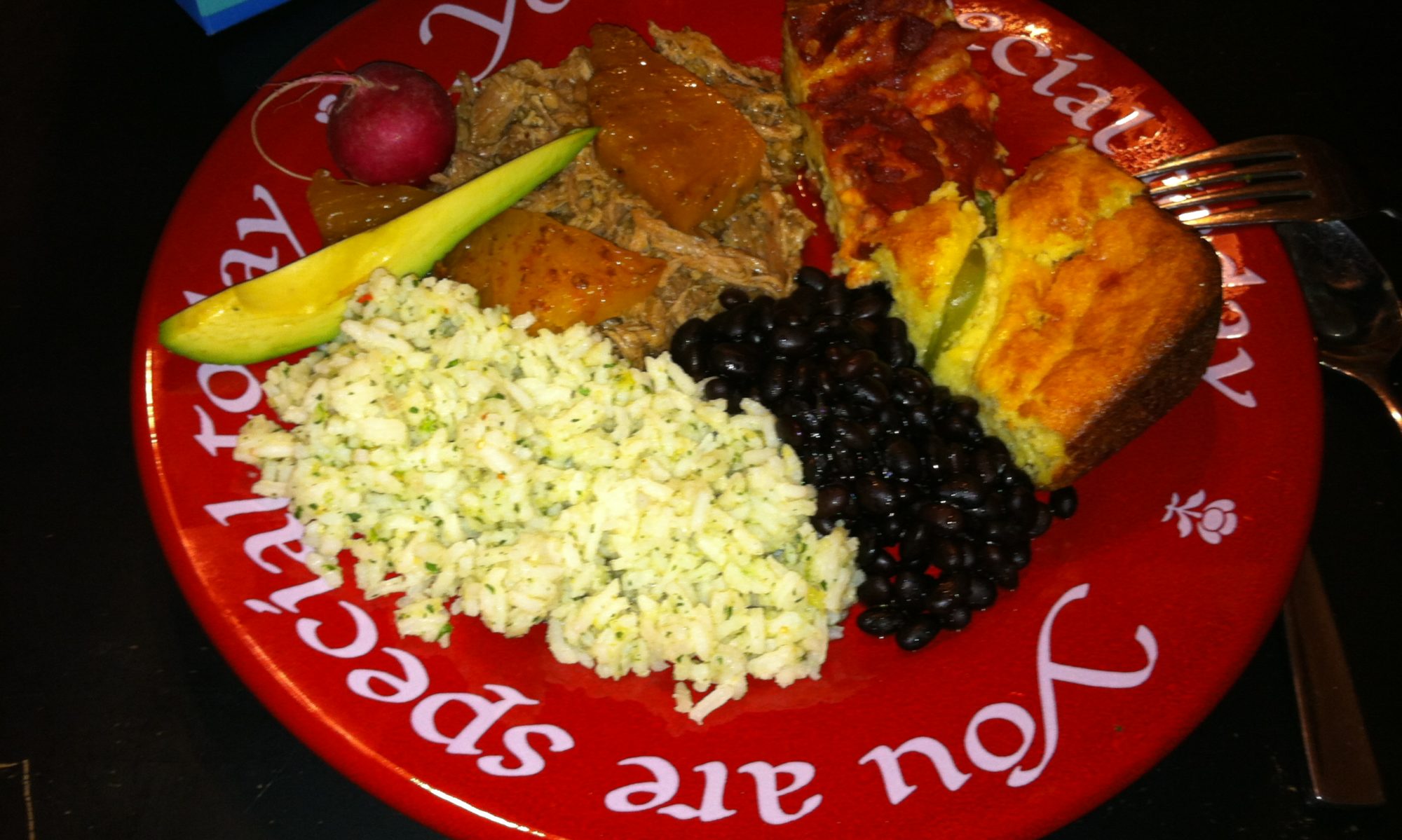Everyone negotiates.
Let me rephrase that. Everyone negotiates every day.
Parents negotiate to convince toddlers to eat their “mmm, yummy, good” chicken nuggets. Teenagers negotiate for a later curfew or for expanded car privileges. Spouses negotiate to determine who will pick up Sally from her dance lessons.
Everyone negotiates every day.
Negotiation permeates every aspect of your business. You negotiate salaries with your employees and prices with your customers, lease terms with your landlord and vacation dates with your colleagues, payment terms with vendors and delivery deadlines with clients.
Your ability to negotiate directly impacts the success of your business.
The best advice I know on negotiating is simple, yet profound. I learned it from an unlikely source, a class on courtship and marriage. What is that critical advice?
The person with the least amount of interest controls the relationship.
Whether the negotiating involves asking for a date, landing a job, or making a sales call, the person who is least interested – the person who is willing to walk away from the deal – has the greatest say in whether and on what terms the deal gets done.
The best negotiations occur when both parties are equally motivated to create a long-term relationship. Each party then is willing to sacrifice immediate gains for the benefits of the ongoing relationship. A healthy marriage is a great example of this type of relationship.
But most negotiating occurs outside of long-term relationships. The way you handle that negotiation will determine whether you strike a fair deal or end up regretting the deal you make.
Let me emphasize this point with two examples. When I graduated from law school, I decided I needed a new car to celebrate my accomplishment. The Ford Taurus was the Motortrend Car of the Year; I knew it was the car for me.
While I was test driving the car, the salesman asked me what I had budgeted to spend on the car. Foolishly, I told him.
After we returned to the dealership and the salesman consulted with his manager, he informed me that the payment would exceed my ceiling by about $28 per month. I was so anxious to buy the car that I said yes even though I knew the price I had quoted was a fair one.
I spent the next four years regretting my decision, knowing that I had overpaid by more than $1300.
Nearly 30 years later, my oldest daughter decided it was time to purchase her first real car. She researched her options, settled on a vehicle, and asked me to accompany her to the dealership to make her purchase.
We told the salesman what we wanted. We test drove a vehicle and went to the showroom to negotiate the transaction.
I informed the sales rep that we were going to purchase a vehicle and we were giving him the first opportunity to make the sale. We needed his best price.
The sales rep visited with his manager and came back with a price that was substantially in excess of his best price. I thanked him, told him we would let him know, and got up to leave.
The sales rep began stammering about needing to talk to his manager to get a better price. In a few minutes, he came back with a reasonable price. We negotiated a fair deal because we were indifferent about whether we bought the car from him or from another dealer.
The person with the least amount of interest controls the relationship. Understanding this principle is a recipe for success.















